Don’t Ignore the Early Warnings
An overhead crane seldom fails without warning. Small problems—like a bent hook or a dry, squeaky wire rope—are symptoms of stress that, if ignored, lead to catastrophic failure. Recognizing these early signs is critical not only to avoid costly breakdowns but also to protect workers from dropped loads or uncontrolled movements. There are common indicators to look for when determining if your crane needs immediate attention.
Six Critical Signs You Need Overhead Crane Repair NJ
HiSpeed Industrial Service identifies six red flags that signal it’s time for repair. Each sign has serious implications.
- Damaged Hooks:Bent, stretched, or twisted hooks can cause unbalanced loads and eventual fractures. If the hook throat opens more than 15 percent beyond its original size or twists more than 10°, OSHA requires removal from service.
- Frayed or Broken Wire Rope:Worn or broken strands indicate that the rope has reached its fatigue limit. OSHA warns that damage to just one strand can lead to cascading failures. Replace ropes promptly and inspect internal strands, which may be invisible but compromised.
- Dry or Improperly Lubricated Rope:Without lubrication, wires rub against each other, increasing friction and wear. Proper lubrication helps wires glide and protects against corrosion. Reapply lubricant regularly and use the correct type.
- Worn Pads, Brakes, or Clutches:Worn braking components reduce your ability to control the crane. If the crane feels sluggish or noisy, inspect pads and clutches.
- Loose Parts: Bolts, nuts, or fasteners that loosen during operation may indicate a larger structural issue or vibration problem. Even small components contribute to stability. Tighten them and investigate root causes.
- Corrosion:Rust weakens metal components and reduces load capacity. Corrosion on wire ropes or joints may signal hidden damage inside the rope or structure. Address environmental factors like humidity and use protective coatings where possible.
Additional Warning Signs
Beyond the six primary signs, watch for the following:
- Unusual Noises or Vibrations:Excessive noise or vibration during crane operation can indicate misalignment, worn bearings, or motor issues.
- Jerky or Sluggish Movement:Sudden stops, surges, or slow response may signal problems in the control system or drivetrain.
- Overheating Motors or Gearboxes:Excess heat suggests mechanical or electrical issues that require diagnosis.
- Frequent Tripping of Limit Switches:Repeated trips may indicate improper adjustments or worn components.
- Leaks in Hydraulic or Pneumatic Systems:Deterioration of hoses, seals, or pumps can lead to sudden system failure.
Why Prompt Service Matters
Ignoring warning signs can have serious consequences.
- Safety Risks:A bent hook or frayed rope can snap unexpectedly, causing the load to drop and injuring personnel.
- Increased Repair Costs:Minor issues that are easy to fix early (e.g., replacing a rope or brake pads) become expensive major repairs if ignored.
- Downtime and Lost Productivity:A crane out of service halts production and disrupts schedules.
- Regulatory Liability:OSHA requires that cranes showing signs of deterioration or maladjustment be removed from service. Failure to comply can result in citations and fines.
Creating a Proactive Maintenance Plan
Train Operators to Recognize Problems. Operators are the first line of defense. Teach them to spot damaged hooks, unusual noises, and leaks.
- Record and Report Issues Immediately.Document symptoms and take affected cranes out of service until repairs are made.
- Schedule Frequent and Periodic Inspections.Combine daily preoperational checks with formal frequent and periodic inspections as required by OSHA.
- Use Qualified Technicians.Repair and adjust cranes only under the supervision of trained technicians who understand the equipment.
- Address Root Causes.Investigate why components fail—improper load handling, misalignment, inadequate lubrication, or environmental factors—and correct underlying issues.
Act on Warning Signs Before It’s Too Late: Avoiding Overhead Crane Repair NJ
Small issues like a bent hook, a dry wire rope, or a worn brake pad are not just inconveniences; each is a sign that your crane is approaching failure. Ignoring them increases the risk of accidents, extended downtime, and expensive repairs. Train your operators to recognize these symptoms, report them immediately, and take the crane out of service until a qualified technician resolves the issue.
Pair this vigilance with a robust inspection schedule, and you’ll address problems before they snowball. SISSCO’s maintenance teams are available to evaluate your crane, replace compromised components, and develop a preventive maintenance plan tailored to your facility. Don’t wait for a breakdown; act on warning signs to protect your workforce and your bottom line.



